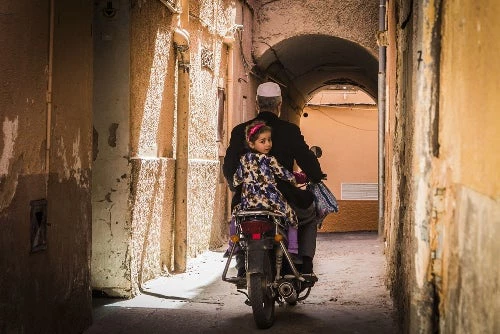
Photo: By NataliaMilko | Shutterstock.com
This issue is particularly evident in the Middle East and North Africa (MENA) region, whose data have been mostly absent from the World Bank Group’s global reporting due to low survey availability and issues with the latest round of purchasing power parity data in selected countries. This meant that, for example, in 2013, the amount of data available in MENA would have only covered 34% of the region’s population, making its release more misleading than informative. Because of that low coverage, we could not release a regional estimate for MENA for that year as we did for every other region. Given that MENA is currently undergoing major political, social, and economic changes, it is ever important to push for an improved understanding of people’s living standards.
Figure 1. Extreme international poverty rates at 1.9 USD 2011 PPP daily poverty line across regions and years (extract from 2000)
To make progress on this agenda, our team in the Poverty and Equity Global Practice at the World Bank Group has established a broad collaborative technical assistance program with several Statistical Offices across the MENA region. We worked recently with the Algerian National Statistics Office (ONS) to produce several welfare estimates for the country, which can help the country know more and plan better for its poorest citizens. We used grouped data from the Household Consumption Survey of 2010/11 kindly provided by the ONS, to calculate how much people (from all walks of life - rich, poor, middle class) spend per day, and then estimated the associated welfare indicators for poverty and inequality. Including Algeria will increase the survey coverage in MENA so it would pass the over 40 percent threshold and will now make reporting of regional poverty rates possible (figure 2).
Figure 2. Survey coverage in MENA region with and without Algeria 2011 data
Source: Authors’ calculation using PovcalNet.
The 2010/11 data show that the average Algerian spent about 262.86 DA, or the equivalent of 8.14 USD (2011 PPP) per day *. Only about 0.5 percent of Algeria’s population (around 170,000 people) was living in extreme poverty (under $1.90 per person, per day), but interestingly, the data showed that extreme poverty rates were higher in urban areas than in rural areas, which is not often the case. Using the line of $3.10 (2011 PPP) per day, the poverty rate is estimated at 3.3%. As a comparison, the official national poverty rate based on the ‘high’ poverty line was estimated at 5.5%. The corresponding poverty lines would translate to 3.57 USD 2011 PPP in urban areas (with a rate of 5.8%) and 3.18 for rural areas (with a rate of 4.8%). Finally, Algeria’s data also show that inequality is lower than in the rest of the region (at least for those countries for which we have data), with a Gini index of 27.61. (figure 4).
Figure 3. International poverty rates across selected MENA countries, using $3.1 and $1.9 2011 PPP poverty lines
Source: PovcalNet, accessed on May 16, 2017.
Notes: Only data circa 2010 shown in the graph. Morocco data available for 2006 shows a poverty rate of 15.5 (1.3) percent at the $3.1/day ($1.90/day) poverty lines. Djibouti (2013) not shown for presentation purposes. Data available shows that the poverty rate in the country was 43 (22.5) percent at the $3.1/day ($1.90/day) poverty line.
Figure 4. Gini coefficient across selected MENA countries
Source: PovcalNet, accessed on May 16, 2017.
The release of Algeria’s data is an important step on the road to better data availability in the MENA region. By incorporating Algeria, a country with around 38.1 million inhabitants in 2013, the database can substantially increase its coverage for the MENA region, pass the minimum thresholds for reporting, and is expected to help update the regional estimates of the corresponding periods. Ultimately, this help us and our partners keep the world’s attention on the least well-off. We will continue to work with our government partners not only in MENA, but also across the world, to make data more broadly available, so that our programs and policies are rooted in the experiences and needs of those whose lives we are ultimately trying to help improve.
_____________________________
*More information on the development of the 2011 PPP can be found here: http://www.worldbank.org/en/news/press-release/2014/04/29/2011-international-comparison-program-results-compare-real-size-world-economies
*More information on the development of the 2011 PPP can be found here: http://www.worldbank.org/en/news/press-release/2014/04/29/2011-international-comparison-program-results-compare-real-size-world-economies

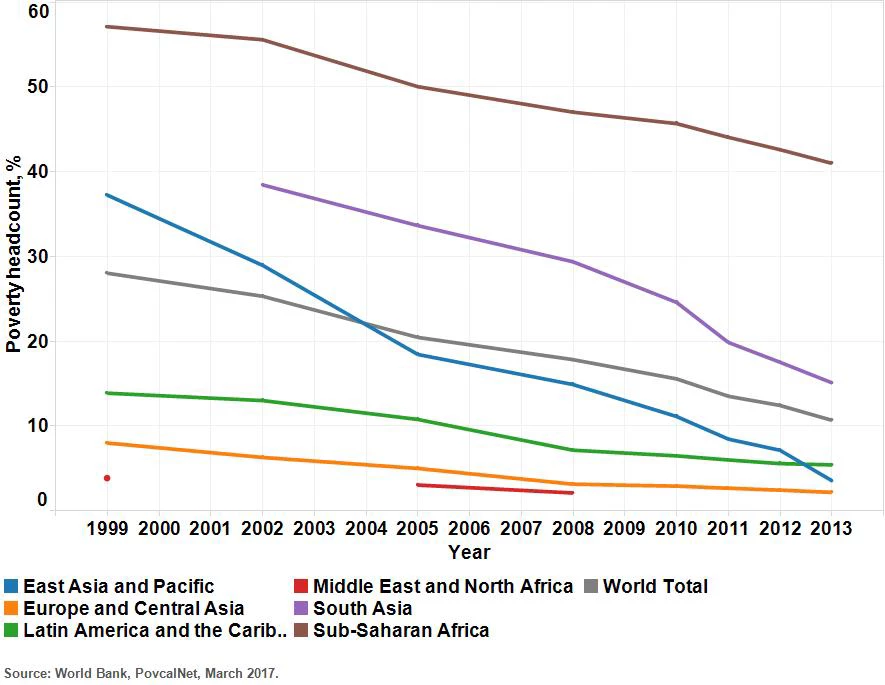
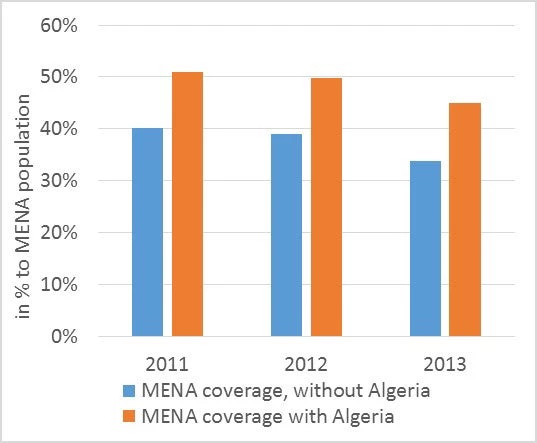
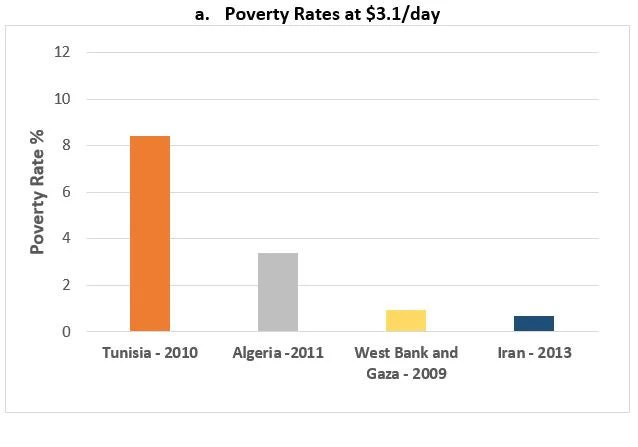

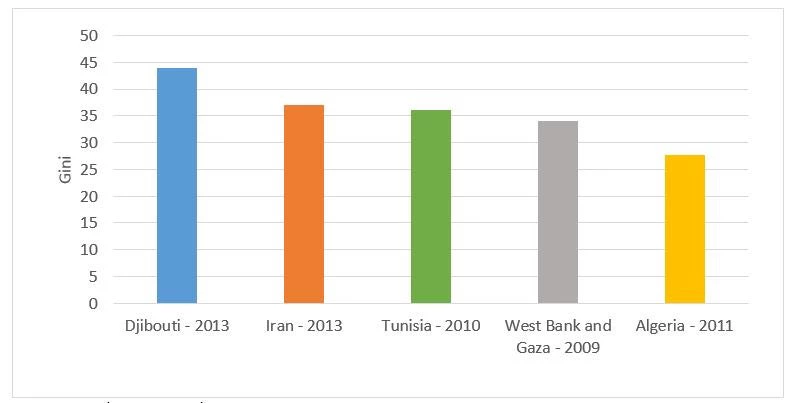


Join the Conversation